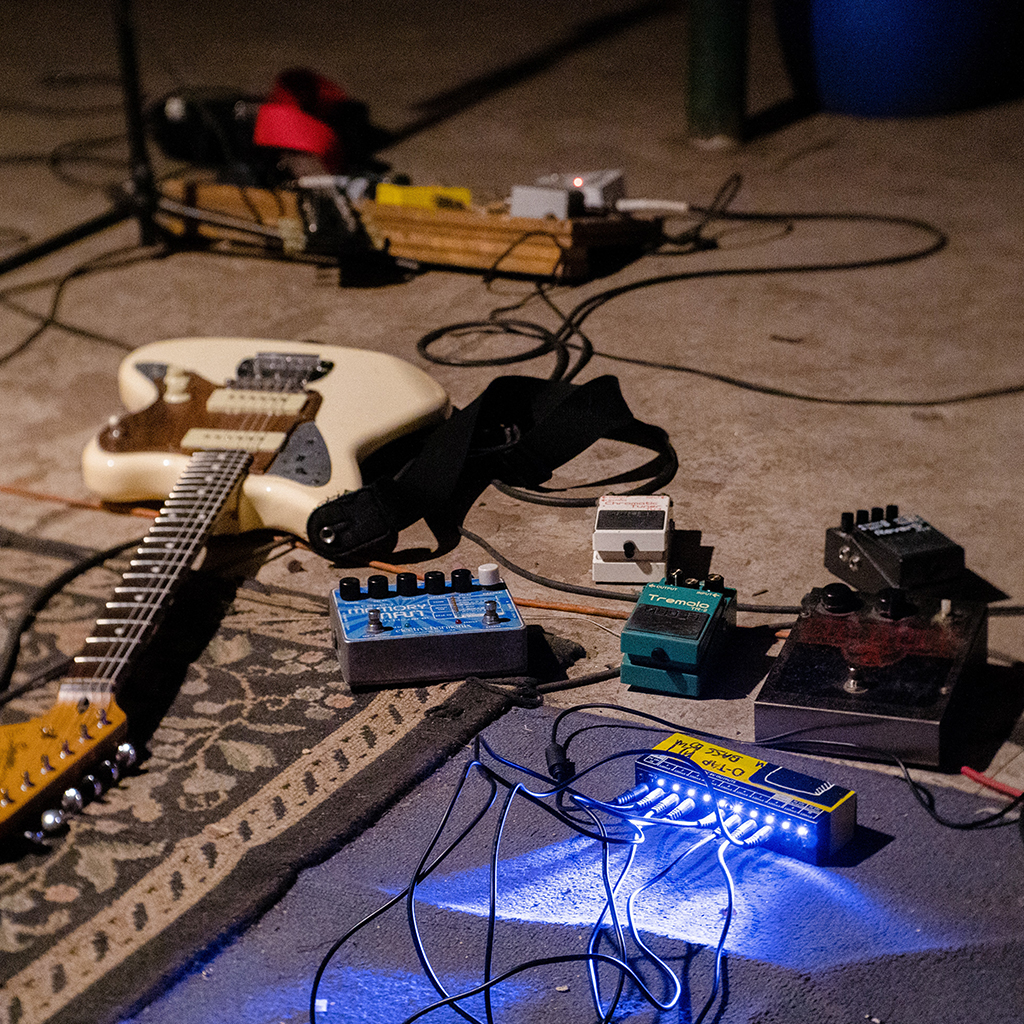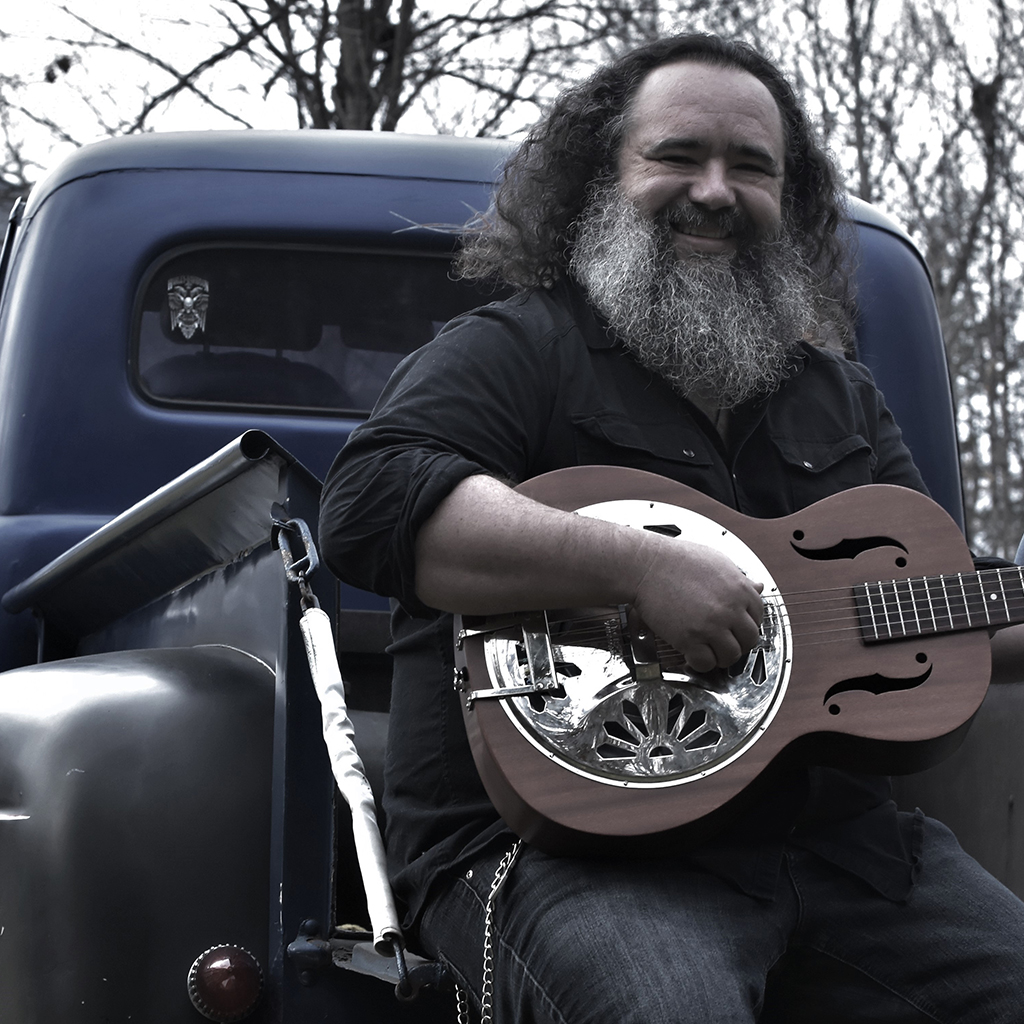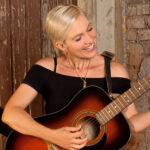
It’s Gary Dunne’s fault
The world probably owes an outstanding debt to Gary Dunne (or curse his name, though I’m sure he’s a lovely fellow).
He did not cure disease, he did not negotiate peace deals, nor will he be the first man to walk on Mars. He is the one, though, who showed Ed Sheeran how to use a looper pedal. You probably know the rest of the story.
Sheeran has credited Dunne as the one who first showed him how to use the device, which allows a musician to create accompaniment live and on-the-fly, filling out the sound of a live performance. This gives the impression of an entire group of artists playing a song, though all we see are the singer with his or her guitar.
While live looping has existed for many years, it arguably never really hit the mainstream until Sheeran’s arrival on the world scene. Artists such as Jacob Moon, KT Tunstall, and Carl Wockner use the device to amplify solo performances beyond a singer just strumming with a guitar.
What is live looping?
For those who don’t know, a looper is a device that allows a musician to record a phrase of music during a live performance, and have that phrase repeated over and over again in a loop. What this allows a performer to do is have a passage for chords to play a solo over, or create a percussive background to play over (hitting the guitar in certain places to get high and low pitches). Some devices just create a single loop or phrase, while more sophisticated ones (like the one used by Sheeran) can go as so far as making entire arrangements of songs, including chords, percussion and background vocals.
Live setups for these performances range from simple to sophisticated. For the longest time, Sheeran just had his guitar and a vocal microphone running into the looper, eventually adding a keyboard for various bass and synth samples. Others like Jacob Moon (as seen in his performance of the Rush track “Subdivisions”) have multiple guitars going, soloing on electric after recording an acoustic accompaniment live off the floor. Some have even gone as far as having entire instruments set up and mic’d through a looping rig, giving really truth to the term “one-man band” (such as songs by Yongr and Elsie Trouw)
Live loops vs. backing tracks – aren’t they the same?
Players like Sheeran, who use these devices regularly, become so skilled at using them that they’ve even been accused of using backing tracks during live performances. This is however quite further away from the truth; yes, they are playing over recordings, however, this is a greater air of realism when they’re being produced right before your eyes, rather than in a studio and played over a PA.
And some real skill is needed, particularly in the timing department. Players need to step on those buttons with real precision, lest the entire backing they’re trying to create falls out of time, making for askew rhythms. If one is also using a looper that allows only one track to be recorded, and a wrong note is hit, the player either needs to live with that mistake, or switch it off and start over (which is not fun to do in front of an audience).
How some players approach live looping
Another player who is making a big impression with his use of looping is Carl Wockner, an Australian guitarist and singer-songwriter now based in Nashville, TN. Wockner has demonstrated his live looping setup in several videos on his YouTube channel how he goes about creating full-band arrangements live using beatboxing, percussion (both traditional and the guitar’s body itself), various effects for wah and bass sounds, and background vocals. Once all loops are in place, he’ll switch various ones on and off throughout the song for verses, choruses, etc. To see his mashup of Tracy Chapman’s “Fast Car” and Maren Moris, Zedd and Grey’s “The Middle” is to get the full effect.
For someone like Wockner, using a looper live goes beyond just creating backing tracks: “Looping allows me to experiment in real-time with my audience while absorbing the energy of the room. I get to explore different sounds and capture them live on stage in a unique way. For me, this isn’t just music making – it’s moment making.” (source: https://truefire.com/guitar-lessons/artistic-looping-for-guitar-players/c1678) To watch his videos, as well as those of many others, you can see the fun that the player is having creating essentially an entire track from scratch.
A change of pace and approach, but for how long?
For others, it may seem like a gimmick that a player is basing everything they do on a device, though the skill required is great. Someone like Sheeran has used it effectively, so much so that he has no problem keeping a stadium full of people engaged though he’s the only one on stage.
Though things do change. Sheeran told the audience of the last performance of his Divide tour in 2019 that it was likely his last looper pedal gig. This was likely further confirmed on his NPR Tiny Desk At Home Concert when he is seen performing with a full band (something that was rarer than hen’s teeth over the past few years).
Sheeran may revisit the looper pedal one day, but until then, hit up YouTube and search for “Live Looping” and just bask in the amount of music that performers are creating on the fly; the creativity is astonishing!
About the author:
“Kevin Daoust is a guitarist, guitar educator and writer based in Gatineau, Quebec, Canada. When not tracking guitars for artists around the world, or writing music-related articles around the internet, he can be seen on stage with Accordion-Funk legends Hey, Wow, the acoustic duo Chanté et Kev, as well as a hired gun guitarist around Quebec and Ontario. He holds a Bachelor of Music in Guitar Performance from Carleton University in Ottawa, Ontario, Canada.”


